Jeep Compass vs BYD Sealion 7 – Which model is better for everyday use?
Everyday use, family trips or long-distance drives – here’s where the differences show.
Discover whether Jeep Compass or BYD Sealion 7 fits your lifestyle better.
Costs and Efficiency:
When it comes to price and running costs, the biggest differences usually appear. This is often where you see which car fits your budget better in the long run.
Jeep Compass has a evident advantage in terms of price – it starts at 34200 £, while the BYD Sealion 7 costs 42800 £. That’s a price difference of around 8648 £.
In terms of energy consumption, the advantage goes to the Jeep Compass: with 17.50 kWh per 100 km, it’s somewhat more efficient than the BYD Sealion 7 with 19.90 kWh. That’s a difference of about 2.40 kWh.
As for range, the BYD Sealion 7 performs barely noticeable better – achieving up to 502 km, about 2 km more than the Jeep Compass.
Engine and Performance:
Power, torque and acceleration say a lot about how a car feels on the road. This is where you see which model delivers more driving dynamics.
When it comes to engine power, the BYD Sealion 7 has a decisively edge – offering 530 HP compared to 240 HP. That’s roughly 290 HP more horsepower.
In acceleration from 0 to 100 km/h, the BYD Sealion 7 is significantly quicker – completing the sprint in 4.50 s, while the Jeep Compass takes 7.30 s. That’s about 2.80 s faster.
In terms of top speed, the BYD Sealion 7 performs barely noticeable better – reaching 215 km/h, while the Jeep Compass tops out at 200 km/h. The difference is around 15 km/h.
There’s also a difference in torque: BYD Sealion 7 pulls significantly stronger with 690 Nm compared to 345 Nm. That’s about 345 Nm difference.
Space and Everyday Use:
Cabin size, boot volume and payload all play a role in everyday practicality. Here, comfort and flexibility make the difference.
Both vehicles offer seating for 5 people.
In curb weight, Jeep Compass is convincingly lighter – 1575 kg compared to 2225 kg. The difference is around 650 kg.
In terms of boot space, the Jeep Compass offers barely noticeable more room – 550 L compared to 520 L. That’s a difference of about 30 L.
In maximum load capacity, the BYD Sealion 7 performs noticeable better – up to 1789 L, which is about 402 L more than the Jeep Compass.
When it comes to payload, Jeep Compass somewhat takes the win – 470 kg compared to 410 kg. That’s a difference of about 60 kg.
Who wins the race?
The BYD Sealion 7 proves to be outperforms in nearly all aspects and therefore becomes our DriveDuel Champion!
BYD Sealion 7 is the better all-rounder in this comparison.

BYD Sealion 7
Jeep Compass
The Jeep Compass combines a rugged aesthetic with modern sophistication, making it a standout choice in the compact SUV segment. Its robust design is complemented by a comfortable interior that offers ample space and cutting-edge technology for a seamless driving experience. Whether tackling urban environments or venturing off-road, the Compass provides versatility and reliability, embodying the adventurous spirit synonymous with the Jeep brand.
details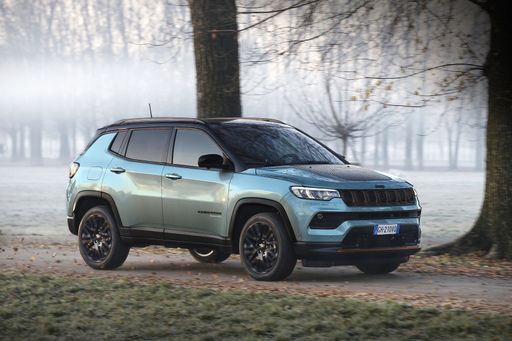 @ media.stellantis.com
@ media.stellantis.com
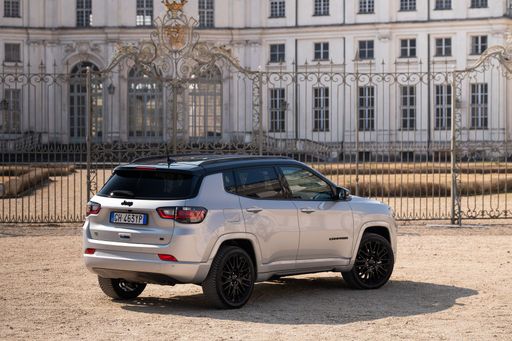 @ media.stellantis.com
@ media.stellantis.com
 @ media.stellantis.com
@ media.stellantis.com
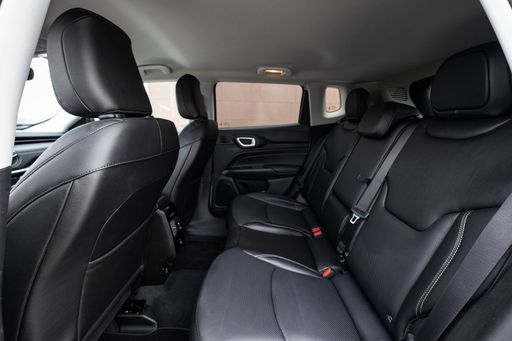 @ media.stellantis.com
@ media.stellantis.com
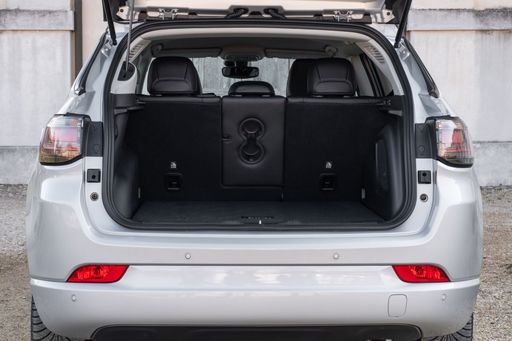 @ media.stellantis.com
@ media.stellantis.com
BYD Sealion 7
The Sealion 7 captivates with its striking design and impressive performance that appeals to both enthusiasts and casual drivers alike. With a focus on comfort and advanced technology, this model redefines the driving experience, making every journey enjoyable. Its sleek silhouette coupled with an innovative interior showcases the perfect blend of style and functionality.
details @ BYD
@ BYD
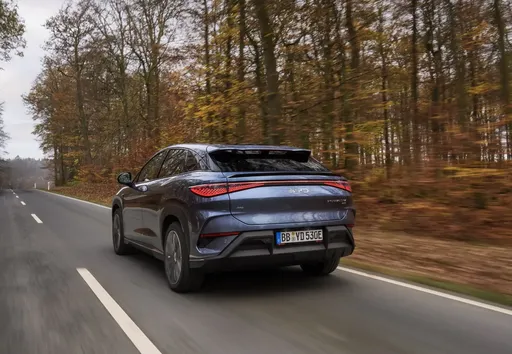 @ BYD
@ BYD
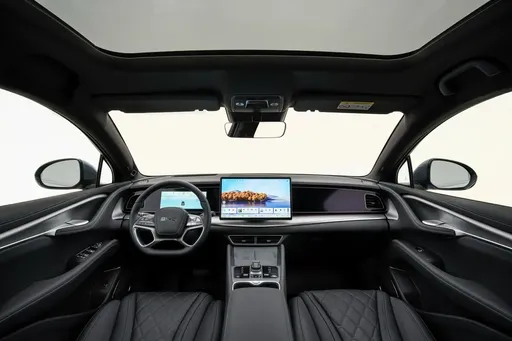 @ BYD
@ BYD

|

|
|
|
|
Costs and Consumption |
|
|---|---|
|
Price
34200 - 46900 £
|
Price
42800 - 52300 £
|
|
Consumption L/100km
2 - 5.9 L
|
Consumption L/100km
-
|
|
Consumption kWh/100km
17.50 kWh
|
Consumption kWh/100km
19.9 - 21.9 kWh
|
|
Electric Range
36 - 500 km
|
Electric Range
456 - 502 km
|
|
Battery Capacity
74 kWh
|
Battery Capacity
-
|
|
co2
0 - 133 g/km
|
co2
0 g/km
|
|
Fuel tank capacity
36 - 55 L
|
Fuel tank capacity
-
|
Dimensions and Body |
|
|---|---|
|
Body Type
SUV
|
Body Type
SUV
|
|
Seats
5
|
Seats
5
|
|
Doors
5
|
Doors
4
|
|
Curb weight
1575 - 2198 kg
|
Curb weight
2225 - 2435 kg
|
|
Trunk capacity
420 - 550 L
|
Trunk capacity
520 L
|
|
Length
4404 - 4552 mm
|
Length
4830 mm
|
|
Width
1819 mm
|
Width
1925 mm
|
|
Height
1629 - 1675 mm
|
Height
1620 mm
|
|
Max trunk capacity
1230 - 1387 L
|
Max trunk capacity
1789 L
|
|
Payload
465 - 470 kg
|
Payload
410 kg
|
Engine and Performance |
|
|---|---|
|
Engine Type
Petrol MHEV, Plugin Hybrid, Electric
|
Engine Type
Electric
|
|
Transmission
Automatic
|
Transmission
Automatic
|
|
Transmission Detail
Dual-Clutch Automatic, Automatic Gearbox, Reduction Gearbox
|
Transmission Detail
Reduction Gearbox
|
|
Drive Type
Front-Wheel Drive, All-Wheel Drive
|
Drive Type
Rear-Wheel Drive, All-Wheel Drive
|
|
Power HP
130 - 240 HP
|
Power HP
313 - 530 HP
|
|
Acceleration 0-100km/h
7.3 - 10.3 s
|
Acceleration 0-100km/h
4.5 - 6.7 s
|
|
Max Speed
180 - 200 km/h
|
Max Speed
215 km/h
|
|
Torque
230 - 345 Nm
|
Torque
380 - 690 Nm
|
|
Number of Cylinders
4
|
Number of Cylinders
-
|
|
Power kW
96 - 177 kW
|
Power kW
230 - 390 kW
|
|
Engine capacity
1199 - 1469 cm3
|
Engine capacity
-
|
General |
|
|---|---|
|
Model Year
2024 - 2025
|
Model Year
2024
|
|
CO2 Efficiency Class
D, B, A
|
CO2 Efficiency Class
A
|
|
Brand
Jeep
|
Brand
BYD
|
What drivetrain options does the Jeep Compass have?
The Jeep Compass is available as Front-Wheel Drive or All-Wheel Drive.
The prices and data displayed are estimates based on German list prices and may vary by country. This information is not legally binding.
